For many facing the aftermath of facial surgery or trauma, face prosthetics medical solutions offer hope and functionality. They step in where surgery ends, giving back not only form but also the nuances of human expression. What should those considering facial prosthetics anticipate in terms of aesthetics, comfort, and the journey to restoration? This article provides a clear roadmap of the medical facets of face prosthetics, from personalized design to the emotional and physical adjustment, presented in an accessible, fluff-free manner.
Key Takeaways
- Facial prosthetics, or maxillofacial prosthetics, are essential for patients with congenital or acquired facial deficits, helping to restore appearance, function, and improving psychological well-being.
- Advanced materials like medical-grade silicone rubber, along with computer-aided design (CAD) and manufacturing techniques, enable the creation of customized, realistic facial prostheses that match the patient’s skin tone and texture.
- The use of implants, particularly titanium, in facial prosthetics offers enhanced support and comfort but requires careful management to avoid complications such as tissue reactions and implant failures. for the longevity of any prosthetic foot.
The Importance of Facial Prosthetics in Medicine
Far from being mere medical devices, facial prosthetics play a crucial part in reshaping lives. These artificial replacements for facial features like:
- eyes
- ears
- noses
- other portions of the face
are instrumental in restoring normal appearance and potentially improving function. They offer convenience, satisfaction, and a newfound confidence to patients, serving as a significant turning point in their life’s journey.
Maxillofacial prosthetics, as they are also known, serve as artificial substitutes for missing or impaired facial parts, aiding patients in regaining a natural appearance. They become essential when patients have a deficient facial anatomy due to maxillofacial surgery or when specific facial features like the ear, nose, or orbital area require prostheses.
Congenital Conditions
Individuals with a congenital or acquired condition, such as microtia, facial cleft, or hemifacial microsomia, can often require the use of facial prosthetics for restoration and improvement of function. These conditions can result in altered self-perception, increased risk of anxiety, depression, and challenges in social interactions, thereby necessitating prosthetic intervention.
In the case of congenital conditions, facial prosthetics serve as synthetic substitutes for head and neck defects. This not only enhances the visual appeal but also elevates self-esteem and overall well-being for those affected, marking a significant shift in their lives.
Acquired Conditions
Facial prosthetics may also be required for acquired conditions, such as those stemming from trauma, facial injury, or cancer. These conditions may cause:
- Nasal defects
- Lip defects
- Oculopalpebral defects
- Auricular defects
- Skullcap defects
- Tracheostomal defects
Thus, requiring artificial replacements.
A variety of facial prosthetics, including facial prostheses, are utilized to address these defects. Patients may use daily-worn prosthetic devices such as artificial noses, eyes, or ears, which are removable for cleaning and skin care. Designed to match the patient’s natural skin color and texture, these prosthetics not only restore appearance but also significantly contribute to the improvement of mental wellbeing and the enhancement of the quality of life for individuals with acquired facial defects.
Materials and Techniques in Facial Prosthetic Fabrication
Creating facial prosthetics blends the artistry of replicating human anatomy with the scientific application of materials and techniques. Two key components in this process are the use of medical-grade silicone rubber and computer-aided design.
Medical-grade silicone rubber is a preferred choice for prosthetics due to its customized fit and appearance for individual patients. It is also resistant to bacterial growth and hypoallergenic, thereby preventing irritation.
On the technical front, computer-aided design (CAD) has a significant impact on the production of facial prosthetics. With the ability to generate accurate virtual models from digital scans of the patient’s face, CAD software facilitates detailed design of the prosthesis, which can then be precisely manufactured using 3D printing or computer-aided manufacturing techniques, resulting in highly personalized prostheses.
Medical-Grade Silicone Rubber
The creation of facial prosthetics often makes use of medical-grade silicone rubber due to its versatility and widespread application. This material is known for its heat resistance, flexibility, and ability to mimic skin texture and color. The process involves casting the silicone into a mold and allowing it to cure. The color-matching process ensures that the silicone closely matches the individual’s skin tone.
Despite being soft and conformable, which enhances patient comfort, medical-grade silicone rubber has some drawbacks. These include:
- Poor edge strength
- Susceptibility to degradation when exposed to sunlight
- Non-absorbability
- Non-biodegradability
- In some cases, poor tear strength.
Computer-Aided Design
Computer-aided design (CAD) technology has brought about revolutionary changes in the fabrication of facial prosthetics. By generating accurate virtual models from digital scans of the patient’s face, CAD software facilitates the detailed design of the prosthesis.
The utilization of CAD technology offers several benefits, including:
- Decreased processing time
- Enhanced accuracy
- Improved precision and fit of prosthetic components
- Reduced patient appointments and procedure durations
- 3D facial scanning and color matching through digital technology, transforming the production of facial prosthesis.
Types of Facial Prosthetics
There exists a variety of facial prosthetics, each specifically designed to replace a particular facial feature. Nasal prostheses, for instance, are designed to artificially restore the nose and surrounding bone and skin that might be lost due to conditions like cancer surgery. They serve as an alternative to surgical reconstruction when the nose cannot be fully restored.
Orbital prostheses are designed to restore the eyeball and eyelids, offering a personalized ocular prosthesis that closely mirrors a natural eye. Ear prostheses, on the other hand, are used to replace missing or damaged ears, thereby enhancing appearance and potentially assisting in hearing function.
Nasal Prostheses
A nasal prosthesis, also known as a prosthetic nose, plays a significant role in facial prosthetics, providing an artificial replacement for the nose, thereby enhancing appearance and potentially improving function. These nasal prostheses undergo a meticulous engineering process to create a smooth outer surface and are crafted from custom-molded soft silicone, ensuring comfort and preventing injury to the nasal mucosa.
Nasal prostheses are frequently constructed using materials such as:
- silicon
- thermally cured materials
- vulcanite rubber
- acrylic resins
- ceramic material
- light plastic material
Each material is chosen for its resilience, suitability, and capacity to replicate the visual characteristics of natural tissues.
Orbital Prostheses
Orbital prosthesis, including ocular prostheses, serves as a beneficial alternative to surgical reconstruction for the cosmetic and psychological rehabilitation of patients. They restore not only the eyeball and eyelids but may also include other facial features.
These prostheses are manufactured using materials such as:
- Aluminium oxide
- Polyethylene
- Methyl methacrylate
- Polyurethanes
- Silicone elastomer
- RTV silicones
These materials are chosen for their resilience, suitability, and capacity to replicate the visual characteristics of natural tissues.
Ear Prostheses
Ear prosthesis serves the purpose of replacing missing or damaged ears, thereby enhancing appearance and potentially assisting in hearing function. They are frequently produced using medical-grade silicone and polyvinylidene to achieve a realistic appearance and texture.
In addition to restoring aesthetic appearance, ear prostheses can also assist hearing devices like cochlear implants. These implants are compact electronic devices designed to offer a perception of sound to individuals with hearing impairments.
The Role of Implants in Facial Prosthetics
Within the field of facial prosthetics, implants hold a considerable position. These devices are designed to offer enhanced anchorage and retention, minimizing the reliance on adhesives and facilitating the effortless insertion and removal of the prosthesis. However, the use of implants in facial prosthetics is not without potential complications, including soft tissue adverse reactions, failure rates influenced by radiotherapy, and the risk of infection.
Advantages of Titanium Implants
The high strength-to-weight ratio of titanium implants, offering robust support while remaining lightweight, makes them beneficial for use in facial prosthetics. This characteristic makes the prosthetics more comfortable and easier to wear.
Furthermore, titanium implants are deemed safe for use in facial prosthetics. They exhibit a remarkably low incidence of allergic reactions, estimated at approximately 0.6%. Additionally, titanium alloys demonstrate biocompatibility, effectively interfacing with human tissues and establishing a robust bond with bone, rendering them a dependable choice for implantology.
Potential Complications
Despite the indispensable role of implants in facial prosthetics, it’s critical to be aware of potential complications linked to their use. These can include:
- Soft tissue adverse reactions
- Failure rates influenced by radiotherapy
- Loosening, torsion, or fracture of post screws
- Ceramic fractures of the prosthesis
These complications can be effectively managed and prevented through measures such as early recognition and prompt, appropriate actions. Swelling and tissue edema are common post-surgery and usually resolve within 1-2 months, with the critical management and prevention of soft tissue complications.
The Multidisciplinary Approach to Facial Prosthetic Rehabilitation
Facial prosthetic rehabilitation necessitates a team approach involving professionals from various disciplines, including:
- Head and neck surgeons
- Maxillofacial prosthodontists
- Primary care doctors
- Physiotherapists
- Occupational therapists
- Prosthetists/orthotists
This multidisciplinary approach enhances the field and practice of reconstructive surgery, improves the function, biology, and aesthetics for patients, and enables the reconstruction of complex facial defects.
Moreover, patient-centered care plays a crucial role in facial prosthetic rehabilitation. It encompasses the following steps:
- Assessment of the patient’s tissue
- Impression-taking
- Sculpting
- Mold fabrication
- Material education
- Establishment of suitable expectations to prioritize patient-centered objectives.
Surgeon-Prosthetist Collaboration
To ensure comprehensive and coordinated patient care in facial prosthetic rehabilitation, a close collaboration between surgeons and prosthetists is paramount. This collaboration is essential for successful implant placement, achieving optimal prosthetic outcomes, and maximizing residual limb function.
The collaboration entails:
- Meticulous planning and coordination to guarantee the effective placement and maintenance of the prosthesis
- A collaborative approach is imperative, particularly when an implant-retained prosthesis is anticipated
- It necessitates the proficiency of a multidisciplinary team
Patient-Centered Care
In the realm of facial prosthetic rehabilitation, patient-centered care involves a multidisciplinary approach that prioritizes comprehension and fulfillment of the patient’s unique needs, expectations, and goals. It is considered essential because it plays a pivotal role in restoring the patient’s self-image, self-confidence, and the functionality of their facial features.
Patient-centered care involves:
- Development of personalized treatment plans that are tailored to the individual’s specific needs and goals
- Active involvement of patients in decision-making
- Provision of emotional support and counseling
- Addressing each patient’s unique challenges and concerns.
Caring for Your Facial Prosthesis
Proper care of your facial prosthesis can prolong its functional life and ensure it performs optimally. Regular cleaning is necessary to maintain its appearance and prevent infections. It is recommended to clean a facial prosthesis at least once a week, if not more frequently, in order to:
- Remove surface dirt and sweat
- Prevent the buildup of bacteria
- Maintain the color and texture of the prosthesis
- Prevent skin irritation and discomfort
By following these cleaning guidelines, you can keep your facial prosthesis in good condition and ensure its longevity.
Cleaning and Maintenance
Facial prosthetics should be cleaned using water and neutral soap or chlorhexidine. Medical-grade silicone rubber prosthetics, in particular, can be gently cleaned with soap and water using a Q-tip, or sterilized with rubbing alcohol.
For a thorough inspection of the prosthesis, patients are advised to remove the prosthesis multiple times throughout the day to assess the skin for redness, signs of deterioration, or any potential signs of infection.
When to Replace Your Prosthesis
The typical duration of functionality for a facial prosthesis ranges from 1 to 3 years. However, certain signs may necessitate its replacement. These include:
- Changes in physical status
- New activity goals that the current prosthesis cannot support
- The appearance of the prosthesis becoming bothersome
- Parts no longer functioning properly
- Visible wear and tear
- Changes in weight or activity level
- Skin irritation
- The onset of pain and discomfort
Summary
As we journey through the fascinating world of facial prosthetics, we can appreciate the significant strides made in this field. These artificial devices not only restore physical appearance but also bring back confidence, function, and a sense of normality to the lives of those who need them. From the materials and techniques used in their fabrication to the types of prosthetics available, the process emphasizes the importance of a multidisciplinary approach, patient-centered care, and the role of implants.
In a rapidly evolving field, it is essential for patients and caregivers to stay informed about advancements in facial prosthetics. Whether you’re a patient, a caregiver, or simply interested in the field, understanding the importance of facial prosthetics, their care, and maintenance can make a significant difference. It is our hope that this blog post has provided you with valuable insights into the realm of facial prosthetics.
Frequently Asked Questions
How long do facial prosthetics last?
Facial prosthetics typically last between 1.5 to 3 years, depending on the type of prosthesis and method of retention. Regular wear can require a replacement sooner.
What does a maxillofacial prosthetist do?
A maxillofacial prosthetist specializes in rehabilitating patients with defects or disabilities caused by disease, trauma, or congenital conditions. This involves the use of prosthetics to improve the function and appearance of the head and neck.
Are face prosthetics permanent?
No, facial prosthetics are not permanent as they are not permanently attached to the patient, they may be retained using medical-grade adhesives or bone-anchored implants.
Why would someone need a prosthetic face?
Someone may need a prosthetic face due to a congenital condition, such as facial cleft, hemifacial microsomia, or an acquired condition resulting from facial injury or surgery to remove a tumor.
What is the significance of facial prosthetics in medicine?
Facial prosthetics play a pivotal role in restoring normal appearance and potentially improving function for individuals with facial disfigurements, making them a crucial aspect of medical treatment.





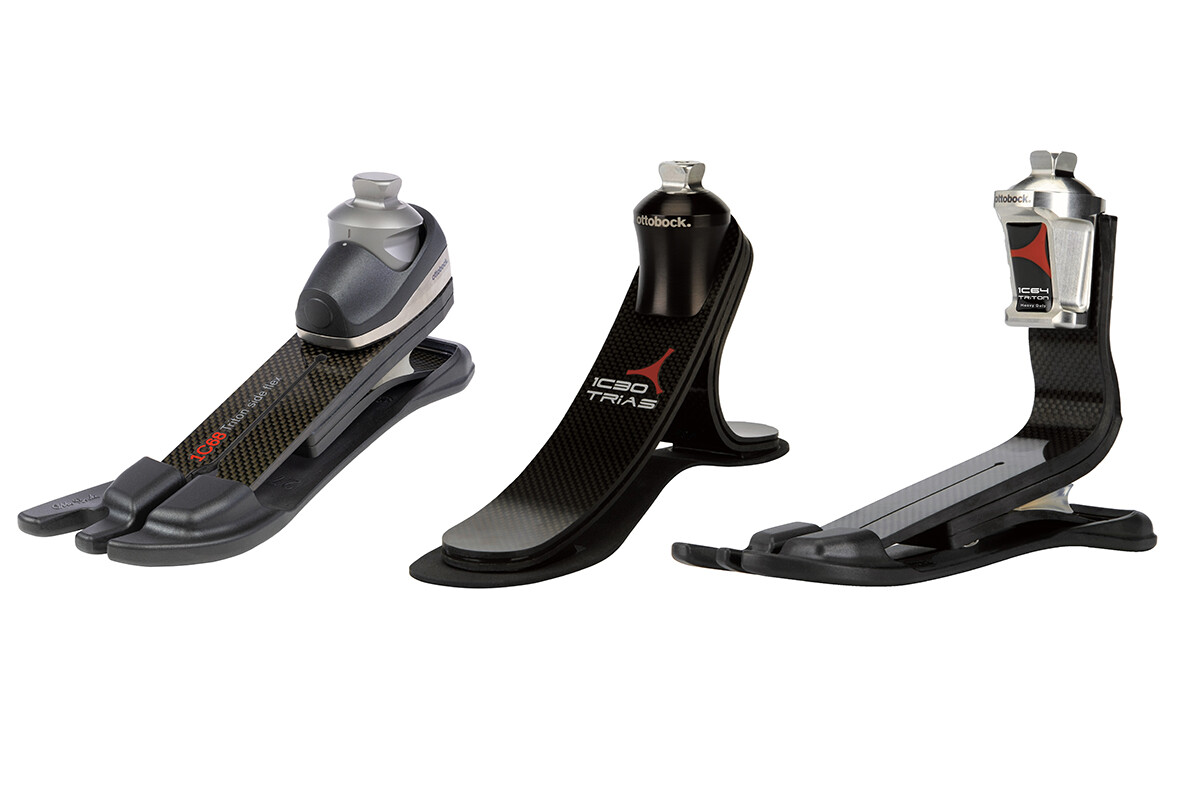
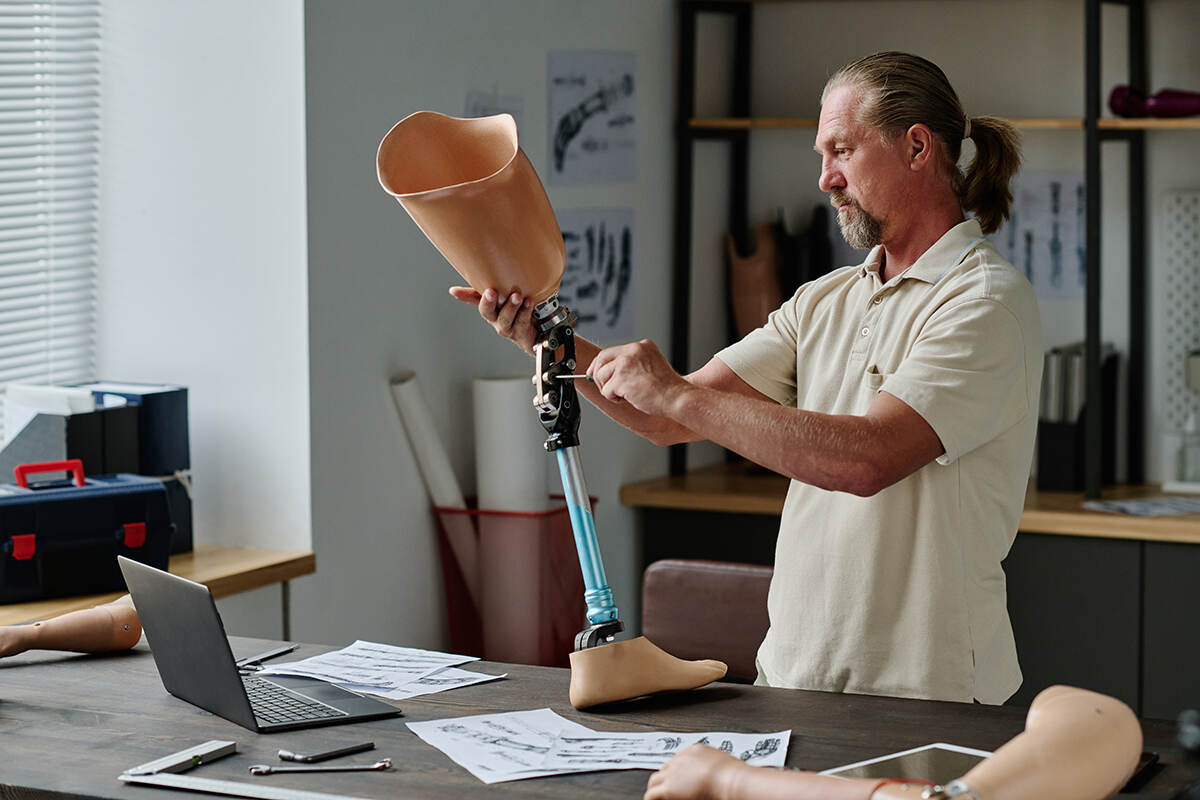
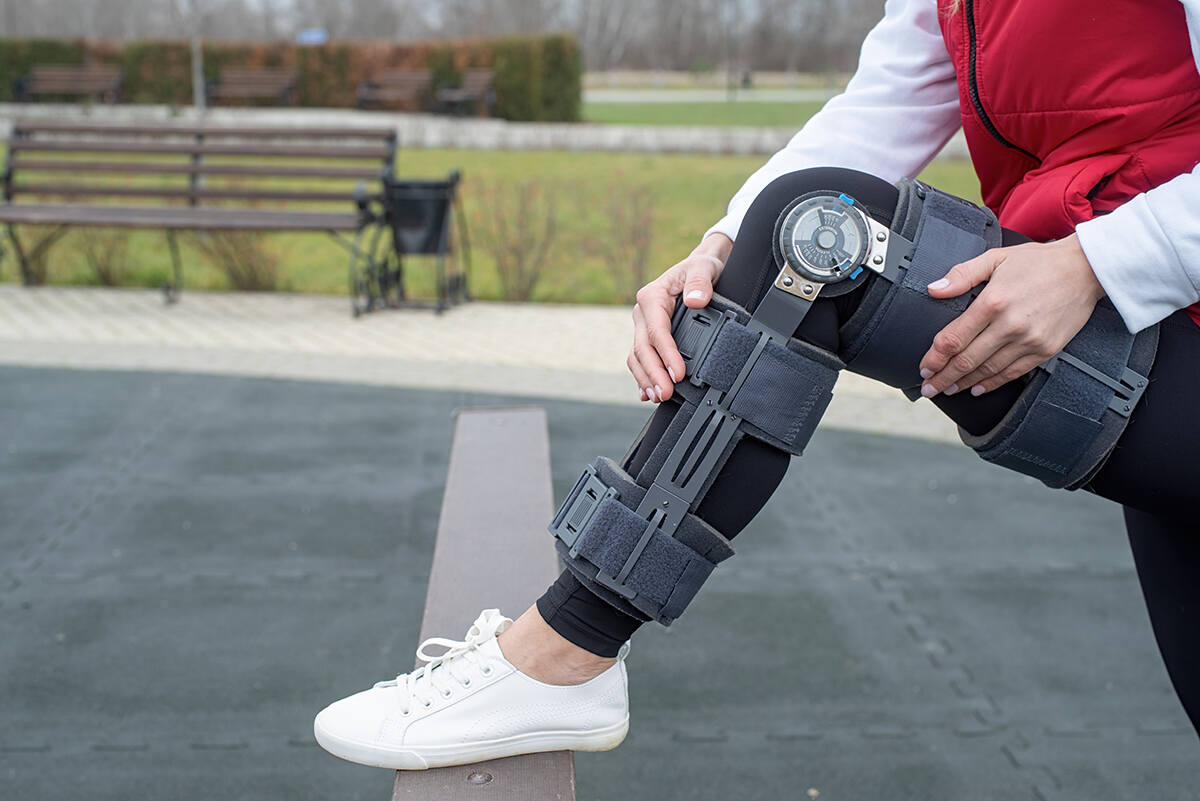
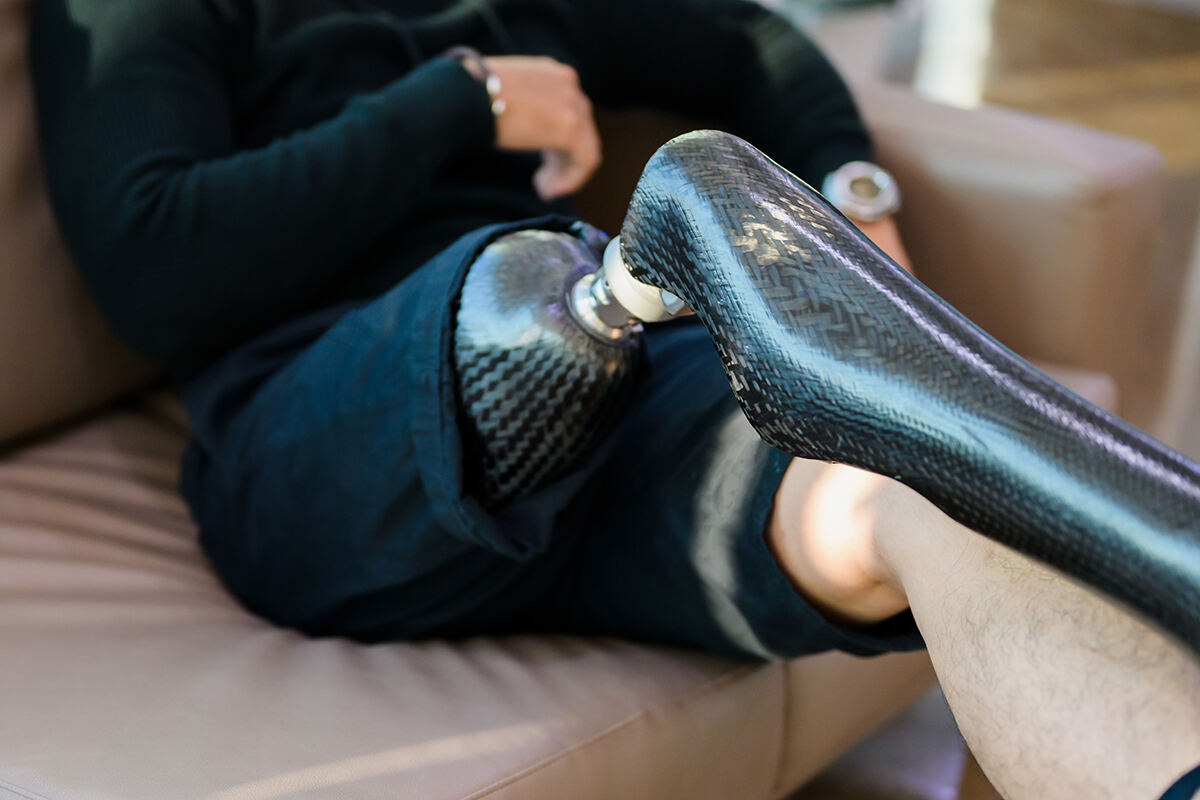

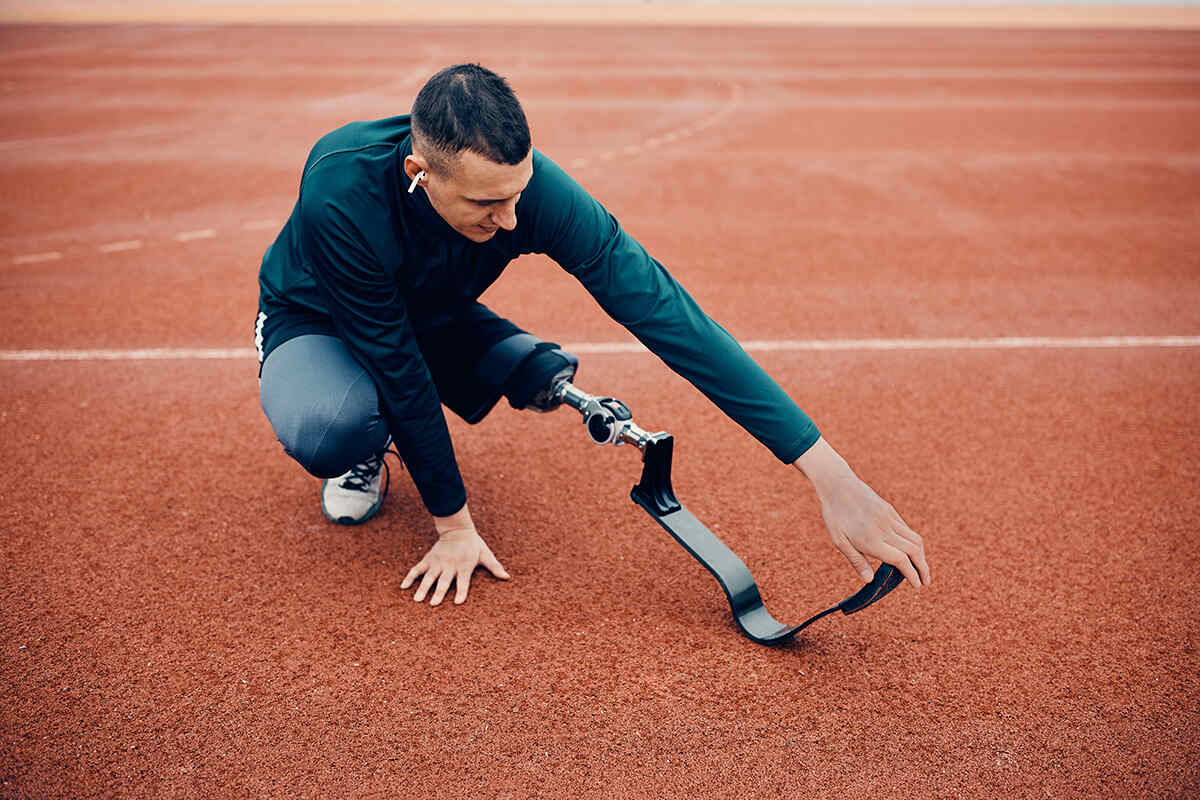
Leave a Reply
You must be logged in to post a comment.